How To Spot And Avoid Tourist Trap Restaurants In Italy, According To Travel Experts
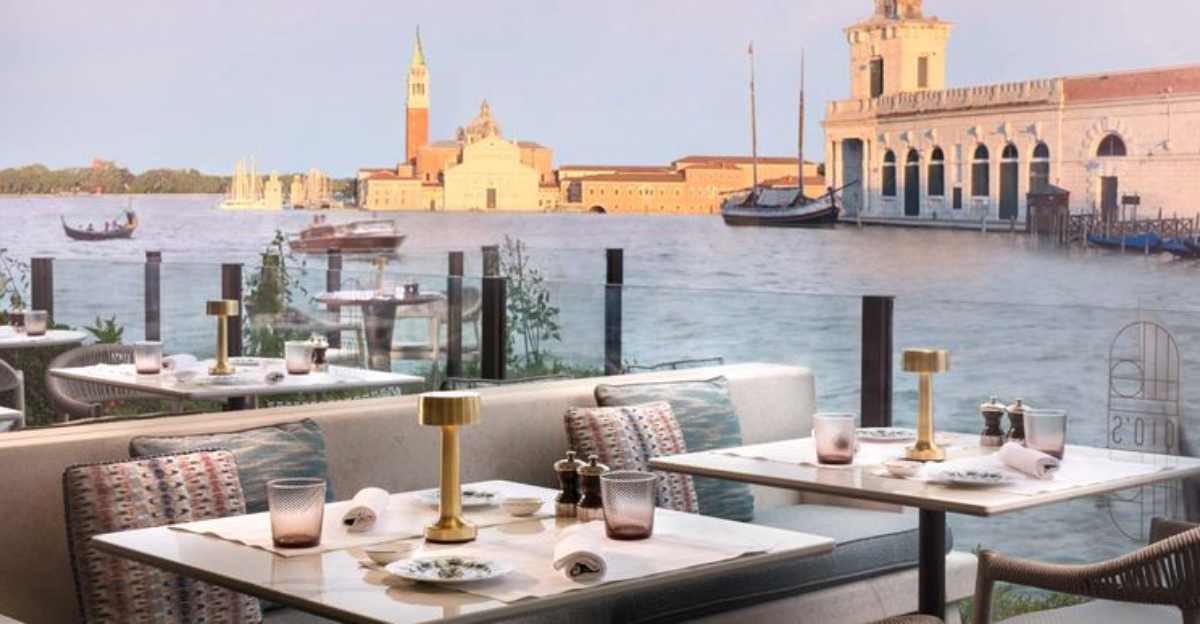
Not all restaurants in Italy are created equal. While some serve up unforgettable meals crafted with love and tradition, others are overpriced, underwhelming, and designed to lure in unsuspecting tourists.
According to travel experts, the best food in Italy isn’t found in flashy spots with picture menus or aggressive hosts trying to pull you inside. It’s rather found in the family-run trattorias, the secret osterias, and the places where locals linger over long meals.
So how do you avoid the tourist traps and find the real deal? By knowing the red flags!
1. Avoid Restaurants With Multilingual Menus And Pictures Of Food
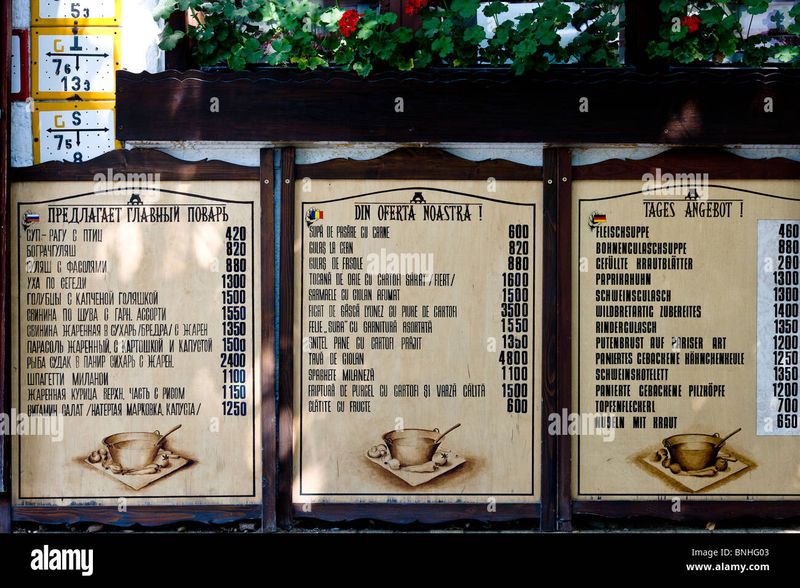
If a restaurant needs to display oversized, laminated menus with ten different languages and glossy food pictures, it’s probably not catering to locals. Authentic Italian eateries take pride in their dishes and assume customers either know what they want or are happy to ask.
Italian cuisine is all about fresh, seasonal ingredients and simple yet rich flavors, not mass-produced meals designed for quick turnover. A handwritten menu in Italian? A great sign. A menu that looks like a travel brochure? Probably not.
Locals don’t need a visual aid to order pasta, and neither should you. Instead, step into a trattoria where the menu is short, handwritten, or even just recited by the waiter. You’ll likely find homemade pasta, fresh seafood, and flavors that taste like they were made with love.
2. Steer Clear Of Places With Aggressive Staff Trying To Lure You In
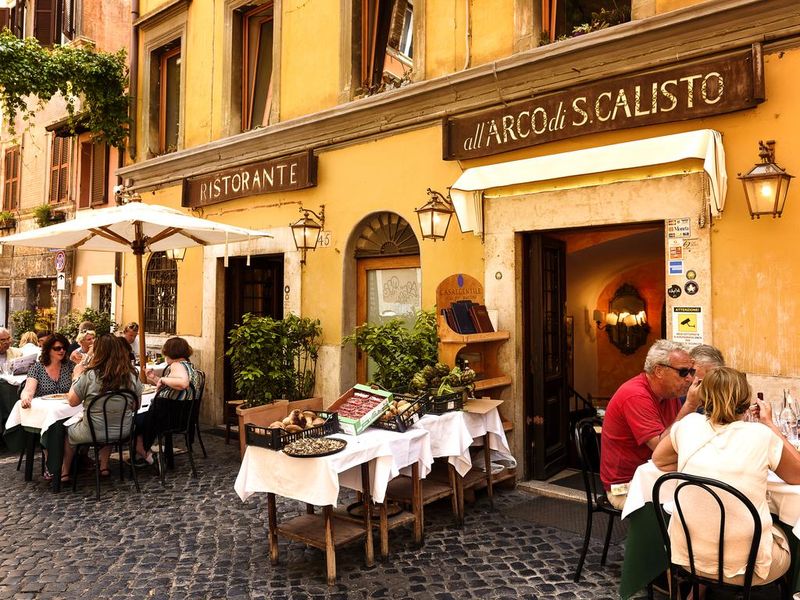
Are you being waved down, stopped in your tracks, or sweet-talked into dining at a restaurant, take that as a red flag. In Italy, the best spots don’t need a hype man standing outside like a nightclub promoter. Quality restaurants are confident their food and reputation will attract customers naturally.
If the staff is overly pushy, chances are they’re struggling to fill tables for a reason. Maybe the food is overpriced, uninspired, or just not good.
Instead, look for places where diners are casually walking in on their own, where waiters are too busy actually serving food to chase down pedestrians. A full restaurant with relaxed, happy guests is a much better indicator of a worthwhile meal than a desperate host promising “the best pizza in town.”
3. Watch Out For “Menu Turistico” Deals That Seem Too Cheap
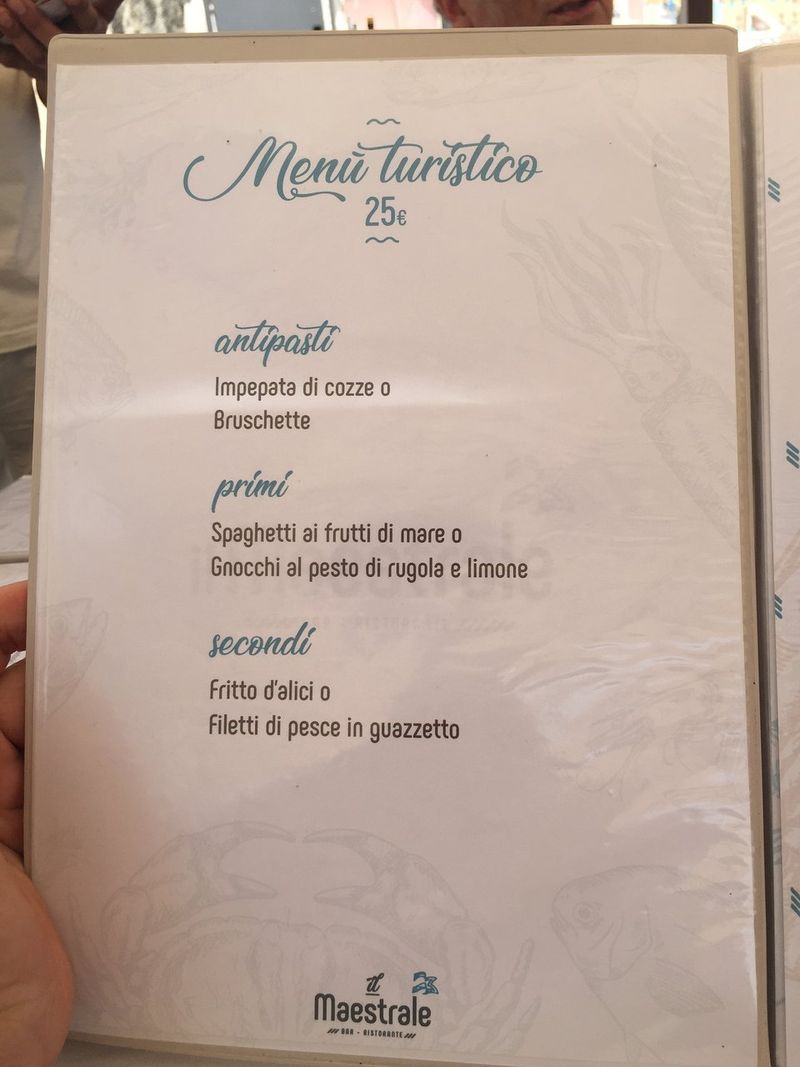
A full meal in Italy for just ten euros? Sounds tempting, but there’s usually a catch. While budget-friendly meals do exist, most “menu turistico” deals cater to crowds looking for a quick, cheap bite rather than an authentic culinary experience.
These set menus often feature bland, pre-made dishes that lack the depth and care found in traditional Italian cooking. Instead of fresh, hand-rolled pasta, you might get something that’s been reheated from the night before.
The best meals in Italy don’t need to be expensive, but they should feel like they were made with passion, not efficiency. Instead of falling for too-good-to-be-true deals, opt for small, family-run trattorias where meals are cooked to order. It may cost a few euros more, but the quality will make every bite worth it.
4. Be Wary Of Restaurants Located Right Next To Major Tourist Attractions
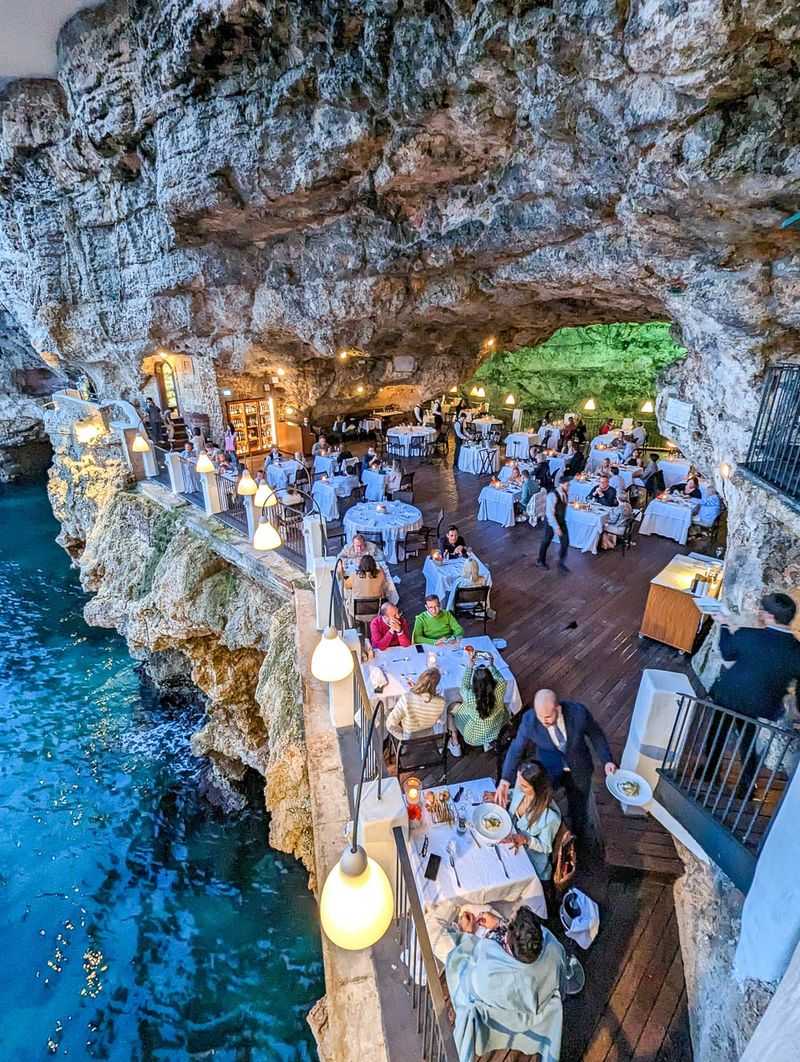
That picture-looking café with a perfect view of the Trevi Fountain? It’s probably charging double for espresso that tastes like it was made in a vending machine.
Restaurants that sit directly next to major attractions know they’ll get a steady stream of foot traffic, so they don’t have to try hard to impress with quality. The trick to finding better food? Walk a few streets away.
Some of the best meals in Italy are hidden in quiet alleys or tucked away in unassuming corners where locals actually eat. The best way to test it? Look inside. If the only people dining are wearing cameras around their necks and holding guidebooks, it’s probably not the spot for a memorable Italian meal.
5. Skip Spots With Excessive Service Charges Or Cover Fees
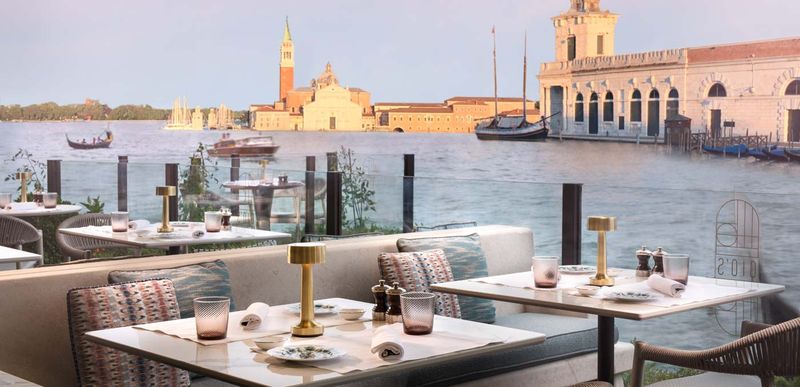
Nothing ruins a delicious meal faster than an unexpected charge on the bill. While some service fees are standard in Italy, others are sneakily inflated to take advantage of tourists. Some restaurants tack on a “coperto” for bread and table service, which is normal, but if it seems unusually high, it’s a red flag.
Watch out for vague fees that seem unnecessary, like an extra charge just for sitting outside. Also, be wary of places that push bottled water or overpriced appetizers onto your table without asking.
A good rule of thumb? Before sitting down, check the menu for any fine print about extra costs. And if a restaurant doesn’t display prices at all? That’s an even bigger warning sign.
6. Look For Places Where Locals Are Actually Dining
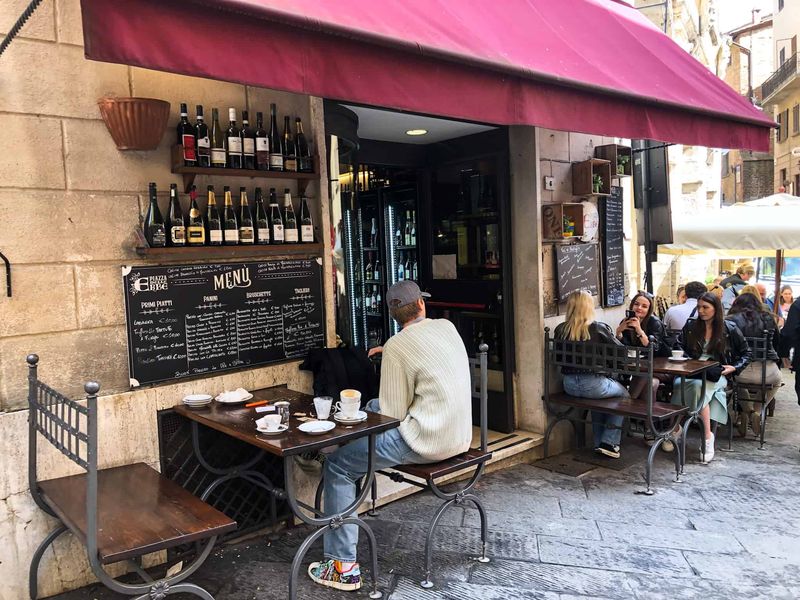
If you want an authentic Italian meal, follow the locals. Italians know their food, and they’re not spending their evenings in overpriced tourist traps. Instead, they flock to small trattorias, hole-in-the-wall osterias, and family-run spots where the focus is on flavor, not foot traffic.
If a restaurant is packed with Italians enjoying long, delicious meals, that’s a fantastic sign. You’ll notice groups chatting over carafes of house wine, staff greeting regulars like old friends, and a general feeling that nobody is in a rush.
These are the places where pasta is handmade, sauces simmer for hours, and recipes have been passed down through generations. If you find yourself in a dining room where English is the dominant language, you might be in a tourist trap.
